Handwriting practice Normal Tracing Letters Worksheets for Ages 8-9
6 filtered results
-
From - To
Boost your child's handwriting skills with our Handwriting Practice Normal Tracing Letters Worksheets designed specifically for ages 8-9. These engaging worksheets provide a fun and effective way for your young learners to practice tracing letters, reinforcing proper letter formation and improving fine motor skills. Each sheet features clear, easy-to-trace letter outlines, allowing children to gain confidence in their writing abilities. Perfect for classroom settings or at-home practice, these worksheets ensure that learning remains enjoyable and interactive. Start exploring the world of writing with our normal tracing letters worksheets and watch your child's handwriting flourish!
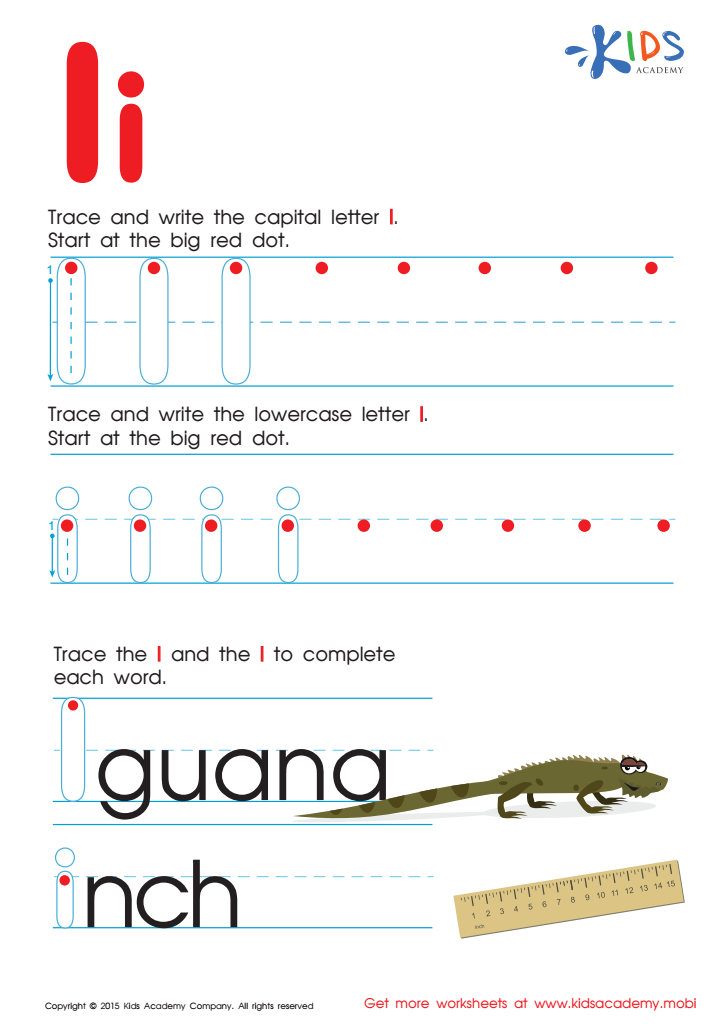

Letter I Tracing Page
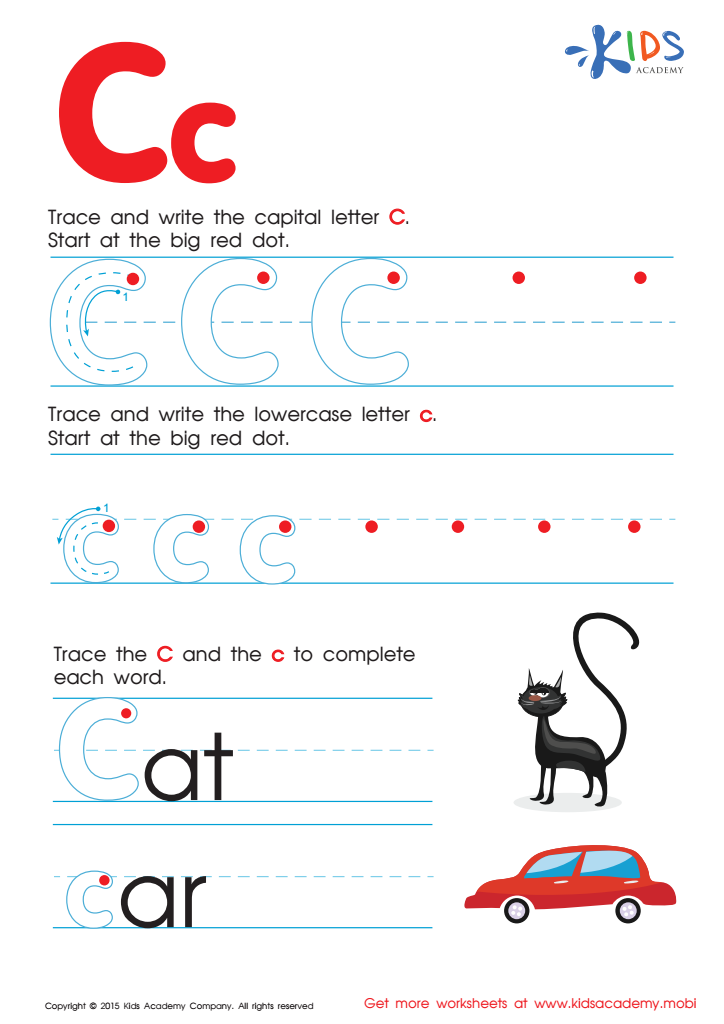

Letter C Tracing Page


Letter G Tracing Page
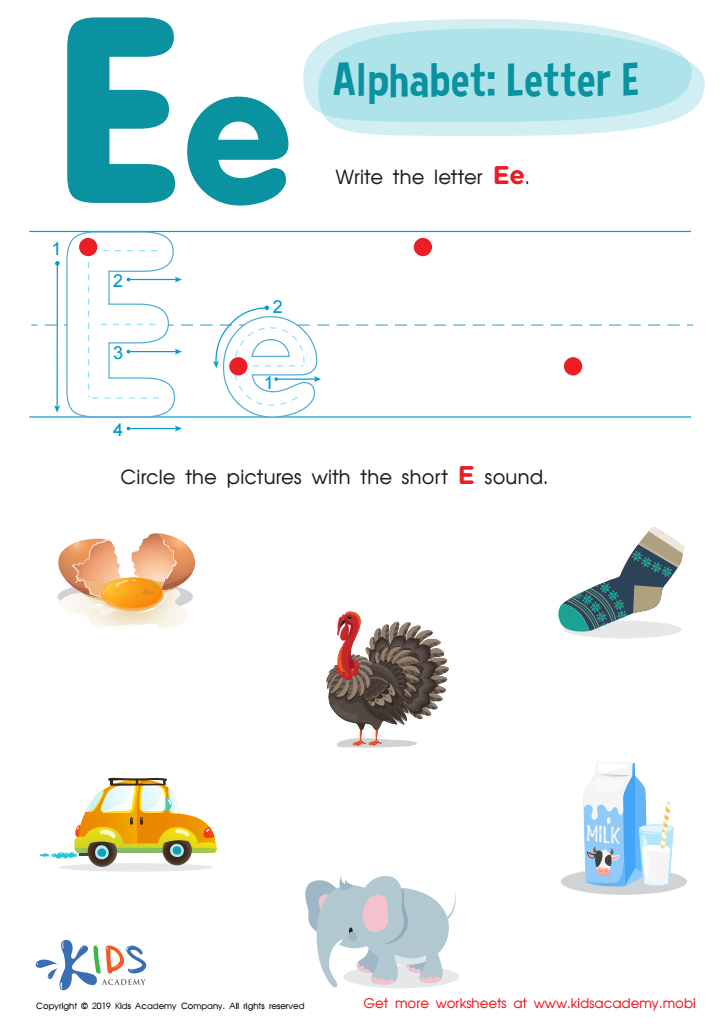

Letter E Tracing Worksheet
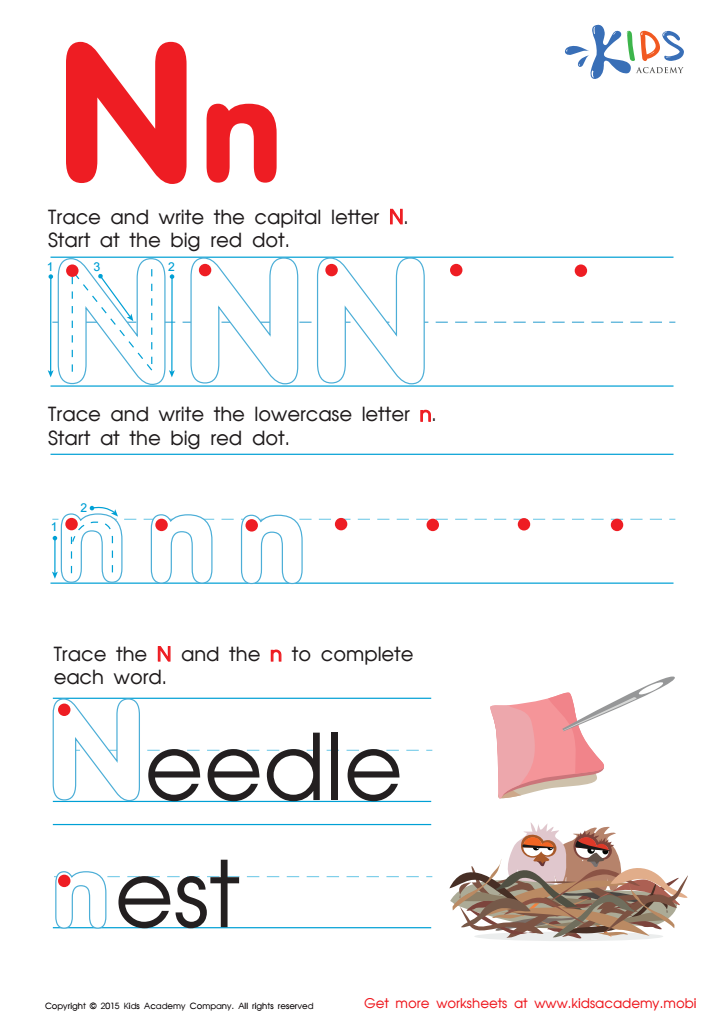

Letter N Tracing Page
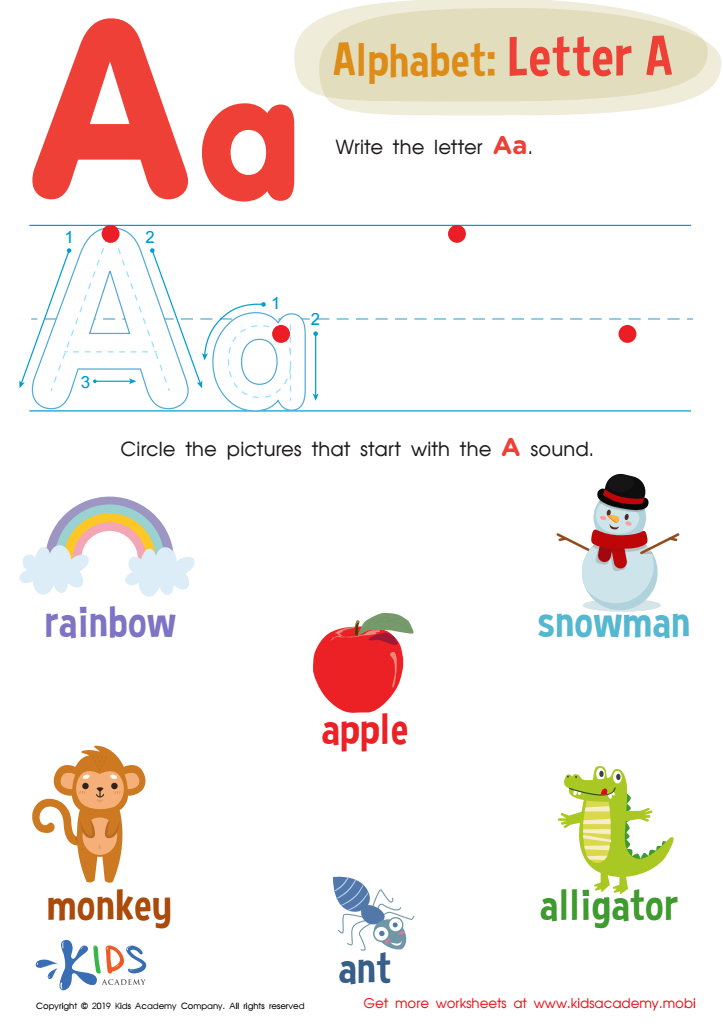

Letter A Tracing Worksheet
Handwriting practice, especially tracing letters, plays a vital role in the development of children aged 8 to 9. At this stage, children are refining their fine motor skills, and practicing handwriting helps strengthen the hand muscles necessary for coordinating movements involved in writing. By focusing on letter formation, kids also develop their spatial awareness and visual-motor integration, crucial for numerous academic tasks.
Moreover, handwriting contributes to cognitive development, enhancing memory retention and comprehension. When children trace letters, they engage more of their sensory receptors, allowing them to memorize letter shapes and their sounds more efficiently. This connection between tactile experiences and writing fosters a deeper understanding of language and literacy.
Additionally, neat handwriting boosts a child's confidence. As they improve their skills through practice, they often take pride in the presentation of their work, which positively influences their attitude toward learning. Ultimately, parents and teachers should care about handwriting practice because it lays a foundation for effective communication, academic success, and self-esteem. Providing guidance and resources for engaging handwriting activities ensures that children develop necessary skills while enjoying the learning process.
 Assign to My Students
Assign to My Students





















